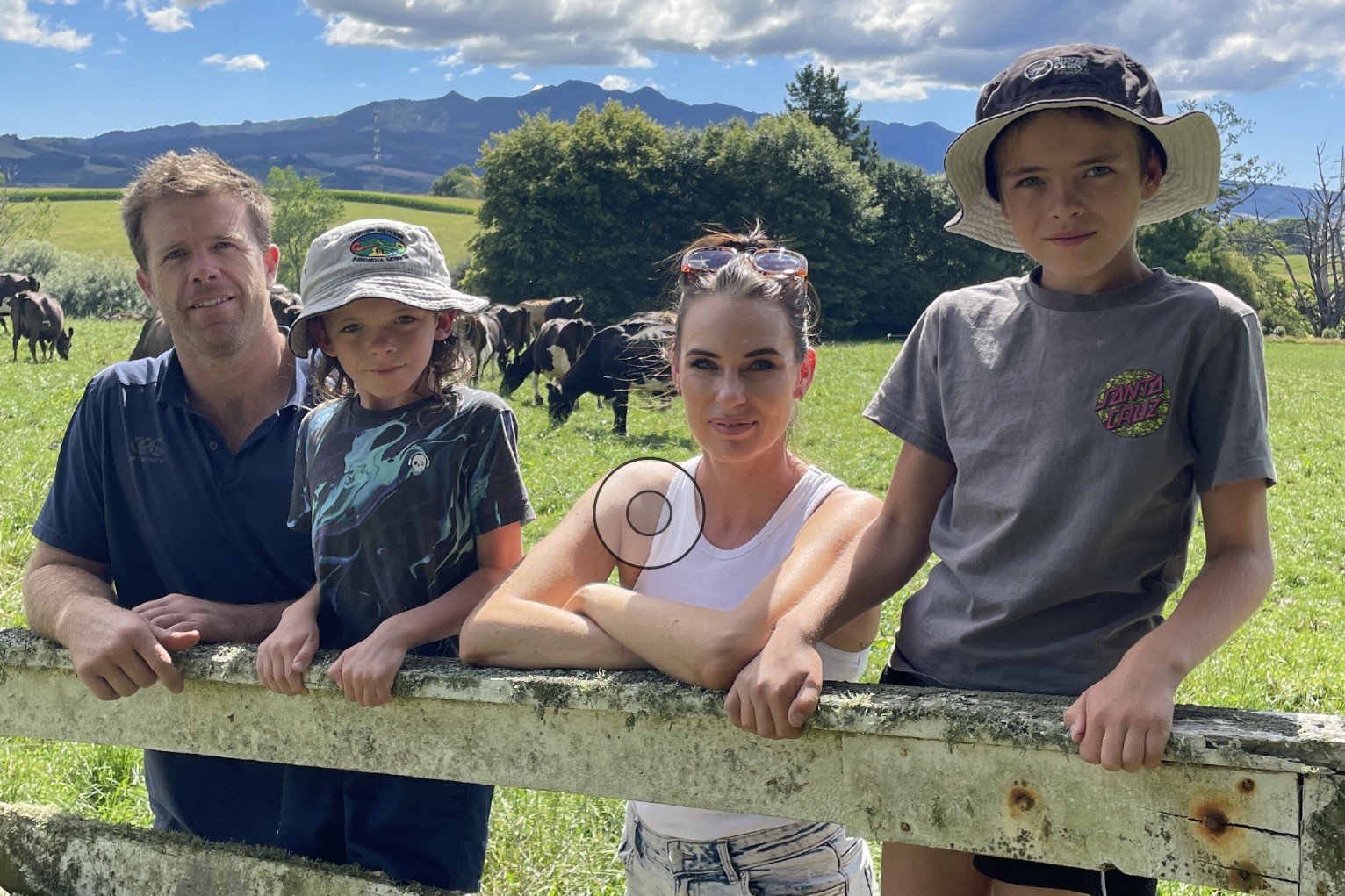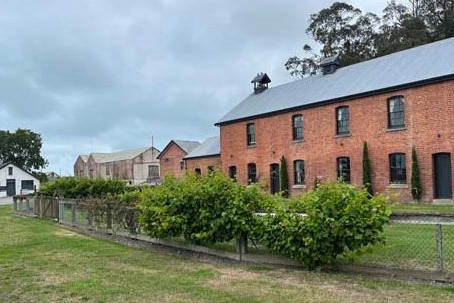By ASHLEY GREENWOOD
Winter this year presented its own set of challenges, with many farmers throughout the South Island being affected by flooding, causing pasture damage and loss of supplementary feed.
While we can hope next year the weather will work in our favour, we also need to prepare for the worst, and the issues that arise every winter.
This can take extra planning, but spring is a good time to consider how to set ourselves up. Talking with farmers recently, we discussed a few things to start thinking about now to prepare for a successful winter next year.
PADDOCK SELECTION
One of the first considerations when planning for next winter is to choose the right wintering paddock, as this affects your ability to manage the environment and animals successfully.
There are many important factors to consider when deciding which paddocks to graze cows on next winter. This includes looking at what area you need to plant, factoring in expected crop yield, cow intake, the number of days on crop, and supplementary feed requirements.
Appropriate paddock selection also affects the crop’s yield, as well as the establishment and growing costs.
Look back at previous winters and at the paddock history.
To grow high-yielding winter crops, it’s good to know the paddock’s soil fertility, alongside the weed and pest history. Paddocks react differently and finding the ones that hold up well in rain is beneficial.
Taking these points into consideration helps paint a clear picture of the paddock, whether it is good for winter grazing and how to best manage it throughout winter.
CRITICAL SOURCE AREA MANAGEMENT
Slopes, critical source areas (CSAs) and waterways in paddocks need to be considered. A key step is identifying the CSAs. These are parts of the landscape, such as swales and gullies, where overland flow and seepage converges to form small channels of running water.
This creates a risk of potential contaminant loss flowing into streams or rivers.
Identifying CSAs in spring will enable you to manage them well or disregard the paddock as unsuitable for wintering.
Identifying these CSAs and managing them using buffer zones can significantly reduce losses to surface and groundwater. Take note of CSAs that appear in winter, to help improve your planning during spring.
“Each winter, after some heavy rain, I look at the paddocks I am hoping to crop next year. I mark out the CSAs then with fence standards because sometimes they are harder to see in spring,” one of the farmers I recently talked to said.
He has used this to make noticeable improvements on his farm to benefit the environment and his animals.
BUFFERS
Once you’ve identified CSAs, you should create grass buffers around the CSAs and at the bottom of slopes. The grass buffer acts as filtration of the CSA.
If your crop is close (within five metres) to a CSA, consider a crop buffer, which is a strip of fenced-off crop, at least 5m wide, that will help filter and slow the run-off from the crop paddock into any CSAs. The size of your buffer will be determined by the slope, the amount and how fast flowing runoff is. This crop buffer can then be grazed last.
Winter crop establishment
- Planning Draw up individual paddock cultivation plans for winter crops which identify the risk areas and paddock features. Developing these plans with your team helps everyone understand the direction of cultivation and grazing, and how you will minimise contaminant losses.
- Crop selection There are a range of crops for additional feed, including fodder beet, maize and plantain. These vary in their productive months and have different growth, soil and fertiliser requirements. It is important to select which crops are best suited for your farm’s needs over winter and which paddocks would best grow these.
- Cultivation Considering the new winter grazing rules, we need to ensure land is cultivated across slopes where possible and leave grass strips to trap sediment from the cultivated areas. Cultivating across slopes reduces the risk of overland flow from rain.
Having a detailed plan for every paddock will help you meet the proposed new wintering requirements.
These plans should include the location of CSAs, waterways, paddock slope and where buffers will go. Grazing direction, where you place bales and portable troughs, are also important.
This helps ensure that everyone is on the same page, reducing risk to animals and the environment.
- For more information to support winter planning visit dairynz.co.nz/wintering.
- Ashley Greenwood is DairyNZ Southland/South Otago regional partner.





